Hands On Learning Benefits for Easy K-12 Implementation
We know that learner-centered education is all the rage in education circles, but are there actually hands on learning benefits that outweigh the time it takes to craft these lessons? While we constantly hear about the benefits of hands-on learning, we often end up questioning whether this is really an effective way for young children to learn because it is outside of our comfort zones in terms of our direct experience with a teaching method.
While it might take a little more planning (and a bit of a learning curve) to implement student-led learning, the hands on learning benefits you will see happen in your classroom will make all of that a small factor in your overall outcomes and will help our students excel through the rest of their lives.
Teaching Subject Matter Through Hands-On Experiences
It seems to make sense to create interactive lessons for our kinesthetic learners, but is it the best way to craft a learning environment for all students?
The short answer is yes!
Here’s what the research has to say about hands on learning benefits:
Hands-on learning increases depth of knowledge, critical thinking skills, and creativity among students. It actually activates different regions of the brain allowing for improved memory retention and processing information. Oh yeah…and it makes kids excited about school! Here are some examples that go into more detail:
A study by the University of Nebraska-Lincoln found that students who used hands-on learning and were allowed to “explore and discover” concepts, retained 50% more information than those simply taught with lectures.
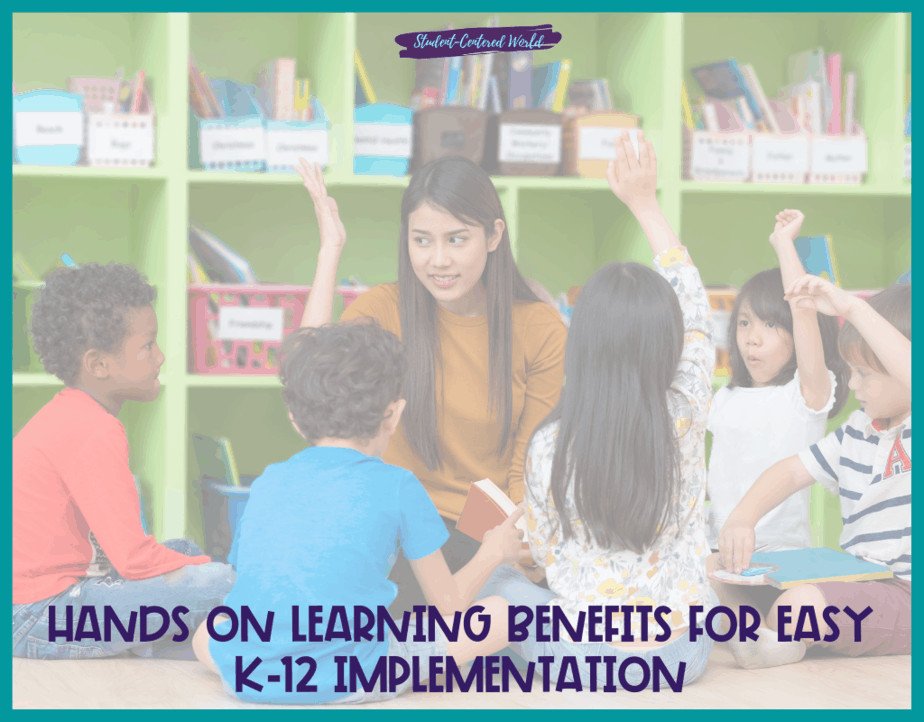
Demonstrations, discussions and other kinds of active learning increased knowledge retention by 35%.
Hands on learning benefits creativity as well. Students who have this type of learning experience are more likely to “think outside the box” and solved problems with greater innovation.
There are hands on learning benefits for teachers as well. They make lesson planning easier, improve classroom management, increase attention span and class participation (just think of how much less boring school would be if you knew your students were fully engaged in what they were learning).
Here’s What You Need To Know About Hands-On Learning:
Hands on learning benefits students in a variety of ways, making them more enthusiastic and better prepared for future learning. These skills are crucial for success throughout their lives, especially in the real world they will be entering (which is drastically different than the world we entered!). There’s also the fact that kids love this type of teaching approach because it gives them power and control over what is being taught, meaning they’re far more likely to be excited and engaged.
You may need to spend a little more time with your lesson plans at first and the execution might take a few days or weeks for your students, but hands on learning benefits are worth it because they really make a difference in how much is retained by your students.
If you are struggling with student engagement, think about whether or not you are embracing a hands-on approach: project-based learning is not a “reward”, it is how the current generation of students is actually learning, full stop.
There are also hands-on education benefits associated with multi-sensory approaches to teaching that go far beyond this article. For example, there are specific learning styles where students learn better through the use of music or art therapy.
As well as multi-sensory approaches to teaching, there’s also research that shows several benefits for teachers who use relaxation techniques (such as yoga) in their classrooms.
There are hands on learning benefits to be had for all parties involved. Knowing what they are can help you make a more informed decision when planning your next lesson or professional development session.
Traditional lectures are not grasping our young students in an engaging way like in years past, but that doesn’t mean that shifting our tactics for the student’s learning experience needs to be more work for us (on the contrary, once you understand the process and get into a flow of teaching that way, it is arguably less work…and less stress!). However, there are some important things to keep in mind before you dive into this new way of altering the traditional classroom with a group of students:
If you are going to implement student-led learning, you need to make sure that the students have some experience with the content before they go into their project.
Having pre-determined areas of exploration is also a good idea as students can become overly focused on the project in front of them and lose track of the bigger picture.
You will also want to make sure that you have a classroom management system in place. If students are suddenly given the freedom to move around the room, they may get distracted or forget that you are still in charge. Having a solid classroom management plan is key when student-centered learning is in play.
Long Term Hands On Learning Benefits to Formal Learning:
Research shows that hands-on learning can lead to enhanced retention and improved skills for years after the lessons end.
This is due in part because students are able to apply knowledge gained from hands-on teaching experiences outside of school. The more information they have, the better problem solvers they become and the more you will readily witness the positive outcomes hands-on activities have.
This is a hands on learning benefit that adds to the long-term experience students receive during their time with you. As teachers, this is the greatest accomplishment we can have…knowing that we help our students throughout their lifetime, not just for the year we have them in our classroom.
It’s more important than ever to make sure we are helping out students with these problem-solving soft skills as they enter the world that awaits them. This world is vastly different than the one we entered.
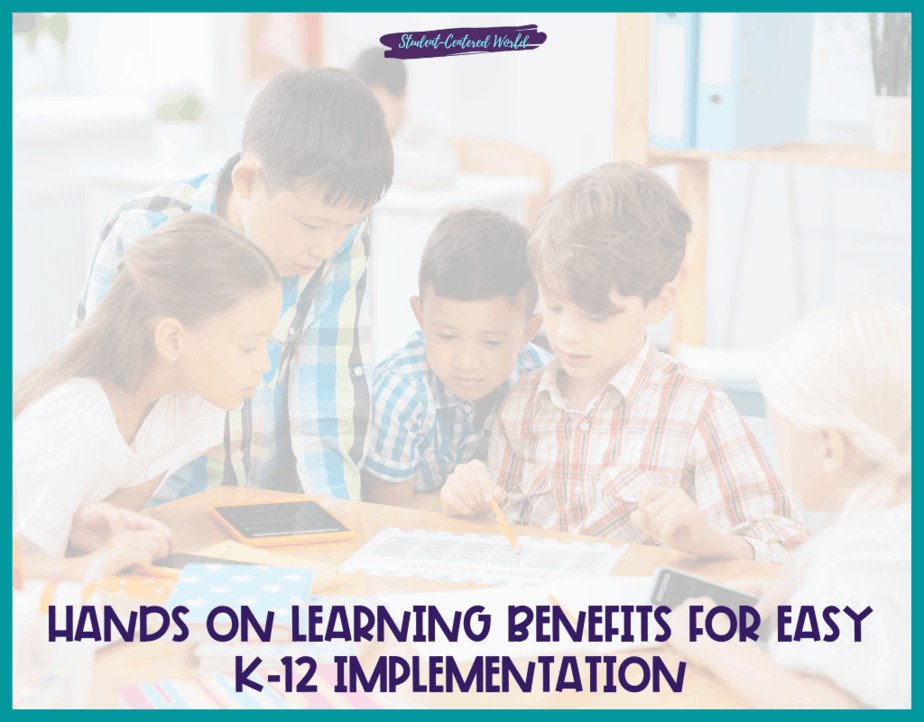
Modern technology has changed the way we teach. This means that there are some important skills your students need to learn for their future success, and these can’t be found in traditional textbooks or schools of education.
Society is becoming more entrepreneurial and if COVID-19 taught us anything, it’s that many people have the ability to work out of a traditional office setting. Giving our students the tools to thrive in an environment like this is the biggest hands on learning benefit we could give.
It’s not just about having a job and doing your work, it’s about life and how we want to live.
Driving Instruction on Deeper levels:
Along with the fact that students enjoy hands-on activities due to the variety they offer, there is also research that shows why we as teachers should implement them in our classrooms.
For one, the research shows that students who receive hands-on learning activities will retain more information than those taught with little time for hands-on projects. There is some argument as to what type of material is best for retention (text vs video) but it’s safe to say that no matter which you choose, having a mix-and-match approach will work best by keeping the students engaged.
Another hands-on learning benefit to teaching is that it engages all levels of learners in the classroom. This means that some students will pick up on course material quickly and others may take a bit longer. By giving everyone a chance to explore and practice, everyone benefits from hands-on learning.
It’s also been shown that students learn better through active discovery and problem solving activities than they do with passive learning. This means that allowing students to take the lead and explore different avenues and paths throughout a course benefits them because they are more involved in their own education.
By taking the time to build your own hands-on learning activities, you will find that it can be incredibly beneficial for student engagement. Not only will this help them stay focused on the material, but it also allows them to explore in different ways which can benefit learning retention down the road.
Above all else, you get out of your education what you put into it! And if hands-on learning activities are something that you don’t currently use in your classroom, now is the time to change that.
Hands On Learning Benefits for Everyone:
It’s important to keep in mind that a hands on learning method benefit both teachers and students alike.
Teachers benefit by knowing they are giving their students a well-rounded educational experience and will watch academic performance improve (often in creative ways). Students benefit because it allows them to take on different roles and to work collaboratively on projects, which breeds more creativity and helps with social skills due to students opportunities for social interactions they may not have otherwise.
We all know that the first step to success is education. If you’re looking for an edge when it comes to succeeding in life, hands-on learning benefits are a simple way to get ahead of everyone else.
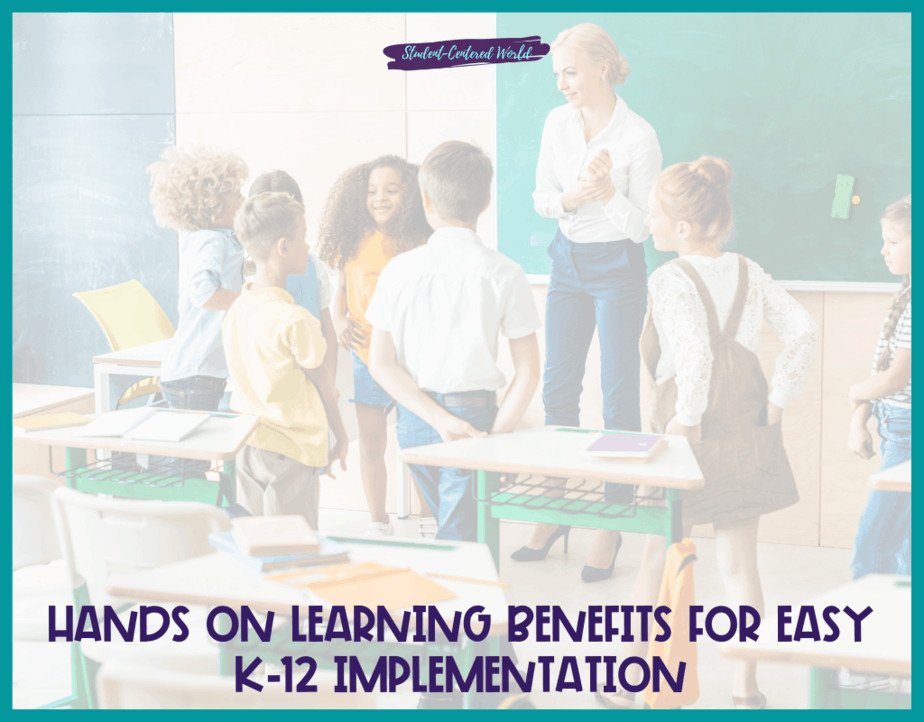
Here are some closing thoughts about hands-on learning:
1. Hands-on learning is a way for students to become more engaged in their studies and make connections between new things they learn and what they already know. It also allows them to apply new concepts and ideas they’ve learned, which can help make future lessons easier and more enjoyable.
2. Hands-on learning can provide different learning opportunities for students with special needs or those who are otherwise unable to participate in more traditional forms of teaching and instruction.
3. Hands-on learning is especially helpful for students who learn and retain information better by engaging more senses. It’s a tool to help them see, hear and touch new concepts that can then be transferred into other tools such as written words or mathematical formulas.
4. Hands-on learning allows for students to use both sides of their brains simultaneously as they work through new tasks and problems.
5. Hands-on learning gives students a chance to practice new skills and hone their abilities, which can help them perform better in the future.
So what are you waiting for? The hands on learning benefits far outweigh any trepidations you may have.
Stop Driving the Teacher Struggle Bus
Are you struggling with student engagement, apathy, or keeping your class on track?
💫💫 There’s hope! 💫💫
Join my free teacher workshop “Choosing Choice” and in just 60 minutes, you’ll craft a practical plan to revitalize your teaching. Discover the magic of student choice in boosting engagement, gain quick implementation ideas, and explore strategies for year-long success.
Unlike overwhelming workshops, my approach guides you in real-time, providing more classroom options, reducing stress, and giving you more personal time.
Plus, you’ll earn a 1-hour professional development certificate and have 7 days of access.
Don’t miss this chance to transform your teaching; click below to secure your spot now!
This article was originally published on October 5, 2021




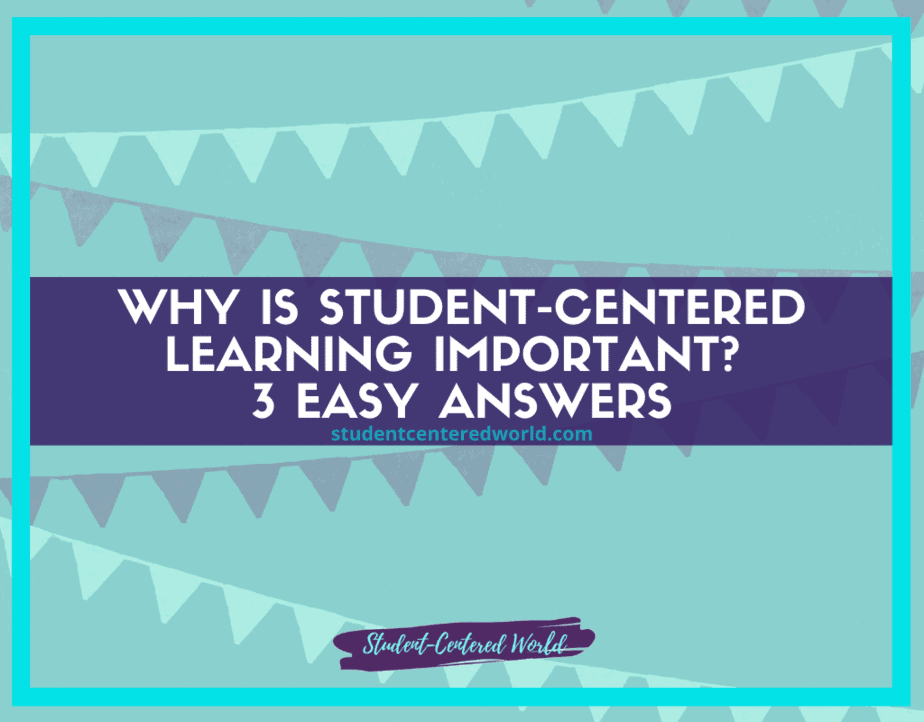
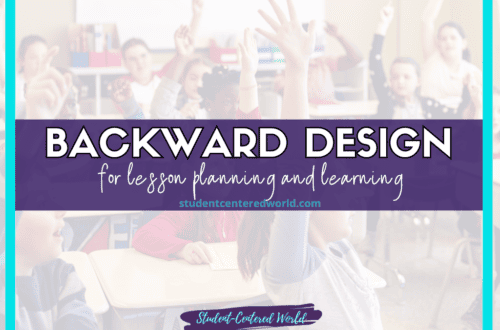
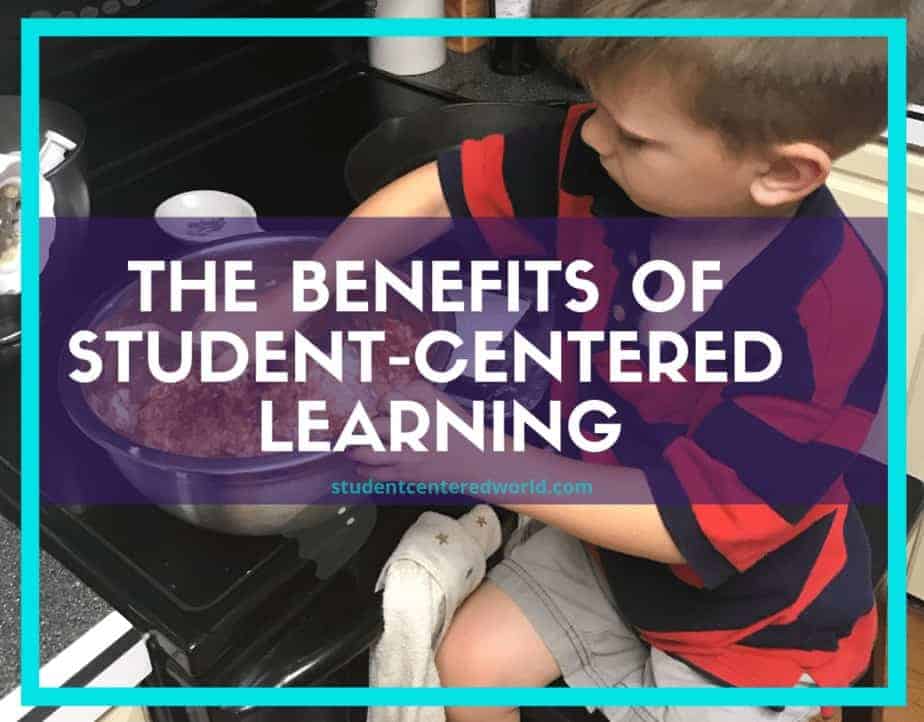
One Comment
Starli Brighton
How wonderful that you mention how important hands-on learning is for kids. My daughter is about to be old enough to go to school next year. I will find a great k12 educational program for her in the area.